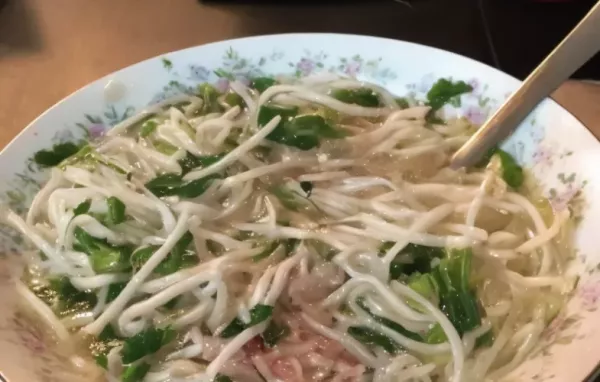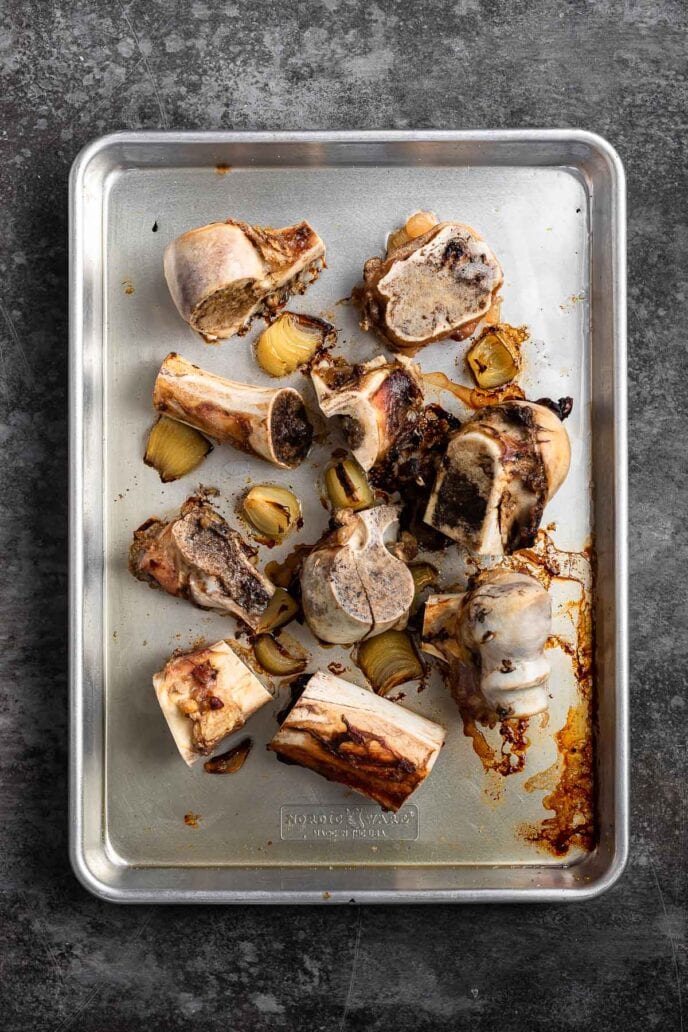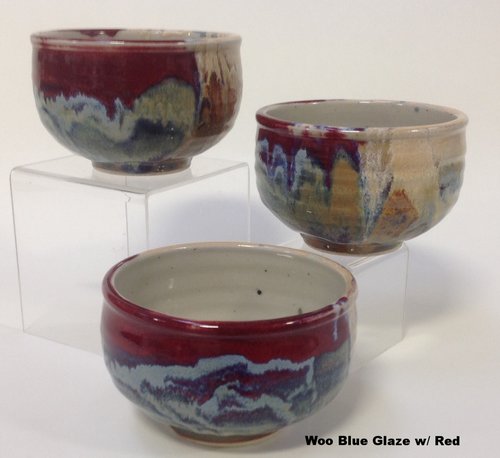Vietnamese pho, a beloved noodle soup that has captured the hearts of food lovers worldwide, is more than just a meal—it's an experience. With its rich, aromatic broth and perfectly balanced spices, it’s no wonder that this iconic dish has become a staple in kitchens across the United States. Whether you're a seasoned cook or a curious beginner, making authentic pho at home is a rewarding journey that brings the flavors of Vietnam right to your table.
The Origins of Pho

Pho (pronounced “fuh”) originated in northern Vietnam in the early 20th century and has since evolved into one of the most popular dishes globally. Its roots are deeply tied to the cultural and culinary traditions of Vietnam, where it is often enjoyed as a comforting, nourishing meal. The key to a truly authentic pho lies in its broth—a slow-simmered, flavorful base infused with spices like cinnamon, star anise, cardamom, and cloves. This complex flavor profile, combined with the subtle smokiness from charred onion and ginger, makes every bowl of pho a sensory delight.
Key Ingredients for Authentic Pho

To create a rich and aromatic pho broth, you'll need a few essential components:
- Beef Bones: The foundation of the broth, beef bones—especially knuckle and leg bones—add depth and collagen-rich richness.
- Onion and Fresh Ginger: Charring these adds a smoky, savory note to the broth.
- Spices: A blend of cinnamon, coriander seeds, fennel seeds, star anise, cloves, and black cardamom creates the signature aroma of pho.
- Fish Sauce: This pungent, umami-rich condiment is crucial for balancing the flavors of the broth.
- Rock Sugar: Adds a touch of sweetness that complements the savoriness of the broth.
- Rice Noodles: Flat rice noodles, known as bánh phở, provide a delicate texture that absorbs the broth's flavors.
- Toppings: Fresh herbs, bean sprouts, lime wedges, and chili sauces enhance the dining experience.
How to Make the Best Pho at Home

Making pho at home requires time and patience, but the results are well worth the effort. Here’s a step-by-step guide to creating an authentic bowl of pho:
- Parboil the Beef Bones: Start by parboiling the bones to remove impurities, ensuring a clear, clean broth.
- Char the Aromatics: Char the onion and ginger over a flame or under the broiler to add a smoky depth to the broth.
- Toast the Spices: Toasting the spices enhances their fragrance and flavor, giving the broth a more robust character.
- Simmer the Broth: Combine the bones, aromatics, spices, and seasonings in a large pot and let the broth simmer gently for several hours.
- Prepare the Bowls: Cook the rice noodles separately and arrange them in bowls. Add thinly sliced raw beef or cooked meat, then pour the hot broth over the top.
- Serve with Toppings: Finish with fresh herbs, bean sprouts, lime wedges, and optional sauces to elevate the dish.
Tips for Perfect Pho

- Use High-Quality Fish Sauce: Opt for mid to high-priced fish sauce, such as Three Crabs or Red Boat, for the best flavor.
- Choose the Right Noodles: Use flat rice noodles for the best texture. Fresh noodles are ideal, but dried ones work well too.
- Experiment with Toppings: Customize your pho with your favorite herbs, vegetables, and sauces for a personalized touch.
- Freeze the Broth: Once made, the broth can be frozen for future use, allowing you to enjoy pho whenever the craving strikes.
Variations and Alternatives
While beef pho is the most common variety, there are many other options to explore. Chicken pho, for instance, offers a lighter, more delicate flavor, while vegetarian pho uses vegetable broth and tofu for a meat-free alternative. You can also experiment with different cuts of meat, such as pork or shrimp, to suit your taste preferences.
For those who prefer a simpler approach, some variations of pho use pre-made broth or store-bought spices. However, the true essence of pho lies in the homemade broth, which is a labor of love that delivers unparalleled depth of flavor.
The Cultural Significance of Pho
Beyond its delicious taste, pho holds a special place in Vietnamese culture. It is often enjoyed during family gatherings, celebrations, and even as a comfort food during colder months. In many households, pho is a daily ritual, symbolizing warmth, tradition, and connection.
In the United States, pho has become a popular dish among food enthusiasts and immigrant communities, reflecting the growing appreciation for global cuisines. From bustling cities to small towns, pho restaurants have emerged, offering a taste of Vietnam to a wider audience.
Conclusion
Making authentic Vietnamese pho at home is a delightful way to bring the flavors of Vietnam into your kitchen. With the right ingredients, techniques, and a little patience, you can create a dish that is both comforting and satisfying. Whether you're enjoying it on a cold winter evening or as a weekend treat, pho is a testament to the beauty of simple, wholesome cooking.
So, roll up your sleeves, gather your ingredients, and embark on the journey of making your own version of this beloved dish. The result will be a bowl of pho that not only warms your body but also fills your heart with the joy of good food.